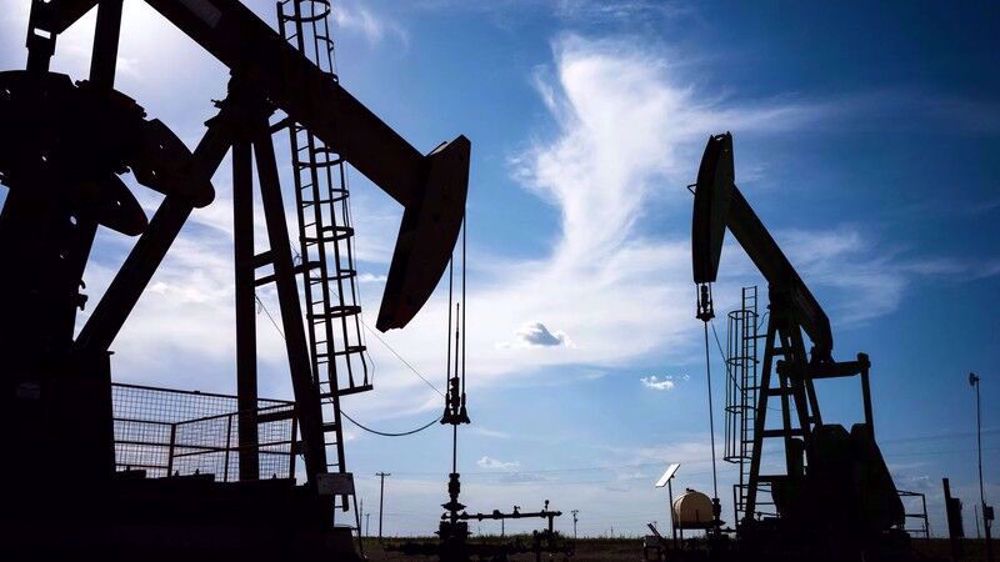Italy OK's bailout to save world’s oldest bank
The Italian government has approved a bailout plan to rescue the country's struggling banks with the country’s troubled lender Monte dei Paschi di Siena (MPS) likely the first in line to receive state aid.
The move that was adopted in the early hours of Friday in an emergency cabinet meeting could lead to the creation of a €20 billion fund to help troubled banks.
It came shortly after MPS – considered as the world’s oldest surviving bank – said it had failed to raise enough funds to bring in private capital.
The bank had needed to raise €5 billion from private investors and had earlier announced that it would request a capital injection from the state to stay afloat.
“This will secure the capital needs of MPS and allow the bank to pursue its industrial plan,” Italy's Finance Minister Pier Carlo Padoan said in a brief press conference, as quoted by the Financial Times. “Italy’s third-largest bank will finally return with force to operate in support of the Italian economy and in a context of full tranquility for its savers and its employees.”
Concerns are already emerging over the potential impacts of the move. A state bailout risks losses for thousands of ordinary retail investors, according to the BBC. Small investors are estimated to hold some €2bn of MPS’ bonds, it added.


The bank’s board met on Thursday night after it failed to secure an anchor investor, thought to be the Qatar sovereign wealth fund, the Guardian reported.
Within hours of that announcement, Italy’s Prime Minister Paolo Gentiloni convened his cabinet and formally approved the state rescue plan.
Founded in Siena in 1472, BMPS has been in trouble for years.
Weakened by the disastrous purchase in 2007 of the Antonveneta bank at twice its estimated value, it quickly drifted into scandal when its management team was accused of fraud and misuse of funds, according to AFP.
It subsequently ran up huge losses and has had to raise capital twice since 2014.
Iran’s economy grew 2.7% y/y in Sep quarter: CBI
VIDEO | Freelancers in Gaza strive to stay online amid genocide
Mikati demands Israel's withdrawal from south Lebanon
Yemeni army strikes Israeli military sites with drones
‘Clock ticking’: UNRWA slams unjustifiable killing of children in Gaza
BP to be sued in Britain for supplying oil to Israel
VIDEO | Press TV's news headlines
Israeli strikes on north Gaza hospital ‘extremely dangerous, terrifying’: Director










 This makes it easy to access the Press TV website
This makes it easy to access the Press TV website